Gold and Torment: the poetics of Klimt and Schiele at the Leopold Museum in Vienna
The Leopold Museum, located in Vienna’s MuseumsQuartier, one of the world’s largest dedicated art complexes, holds one of the world’s most important collections of Austrian art of the second half of the 19th century and Modernism. Founded by Rudolf and Elisabeth Leopold, the museum houses more than 8,300 works, one of the largest and most important collections of Austrian Modernism, with a focus on masterpieces by Egon Schiele and Gustav Klimt. Around the 1950s, Rudolf Leopold, an ophthalmologist by profession, began collecting works of art, focusing mainly on Schiele, managing to acquire numerous works at relatively low prices. Later around the 1960s the collection grew considerably to include works by expressionist artists such as Oskar Kokoschka, Richard Gerstl, and Gustav Klimt. In his lifetime Rudolf Leopold collected not only works of art, but also furniture and decorative artifacts belonging to the Jugendstil and Wiener Werkstätte, created by artists such as Josef Hoffmann and Koloman Moser. An open-minded man interested in different cultures and artistic traditions, his collection also included objects from Africa, Oceania, and East Asia. In 1994, the Austrian state recognized the inestimable value of Leopold’s private collection and, in order to preserve it and make it accessible to the public, it was transferred to the Leopold Museum-Privatstiftung, with the support of the Republic of Austria and the Österreichische Nationalbank. The foundation thus emerged from an agreement between Rudolf Leopold and the Austrian government, which provided for the transfer of more than 5,000 works and objects to the foundation in exchange for the construction of a suitable museum to house them, which was opened in 2001.
Inside the museum, more than 200 pieces including paintings, drawings and graphic works make up the world’s largest collection of Egon Schiele (Tulln an der Donau, 1890 - Vienna, 1918) one of the most influential and most provocative artists of the 20th century, considered one of the leading exponents of early Austrian Expressionism. Among the most important works housed here areSelf-Portrait with Alchechengi and Portrait of Wally Neuzil.
Schiele, whose talent emerged early, enrolled at the Vienna Academy of Fine Arts thanks to his uncle Leopold Czinaczek, who had taken his nephew under guardianship after his father’s death. However, he quickly rebelled against rigid academic conventions, wanting to explore new forms of artistic expression. He therefore began to study independently and to frequent Viennese cafes, places where he had the opportunity to meet figures more inclined to experimentation. With eccentric gestures and intense facial expressions, Schiele communicated an urgency to relentlessly explore the human body, suggesting how self-reflection was a profound fusion of corporeality, sexuality and existential questions. With a tormented personality, in his works Schiele employed sharp, incisive lines to depict avital anguish. His works, composed mainly of mostly female portraits, tended to depict the body aggressively, exaggerating its physicality. His models in fact were women to whom he was very close on a personal level, such as his sister Gerti and Wally Neuzil, his lover and the protagonist of his most erotic portraits. The eroticism and sexuality that emanated from young bodies as they transitioned from adolescence to adulthood were also investigated in his art, as evidenced by Lying Woman, from 1917, now housed in the museum. His self-portraits, on the other hand, reveal deep introspection and marked vulnerability, reflecting the same crisis that gripped the city of Vienna at that time. The city, with its obvious contrasts, emerged as the center of both the aristocratic elite and liberal intellectuals, with the majestic presence of the Ringstrasse and the dark backdrop of the slums. In general, Schiele’s bodies are placed in an empty space, symbolic of the human existential dimension, suspended between vitality and death. Schiele found correspondences in the visual arts with the crisis of the individual, a theme widely explored in Viennese philosophy, psychology, literature and theater around 1900. A case in point is The Death and the Maiden of 1915, one of his most famous works, preserved at the Belvedere in Vienna, depicts the connection between Eros and Thanatos, between life and death, and reflects his personal struggles and worldview, but also sexuality and eroticism. The emotional intensity of the painting is heightened by its dramatic composition and color palette. Despite his brief period of artistic activity, Schiele was incredibly prolific: in fact, he produced hundreds of drawings, paintings, and watercolors, each with a distinctive personal imprint. His career was then tragically cut short in 1918, when he died prematurely at the age of only twenty-eight, a victim of the Spanish flu pandemic.
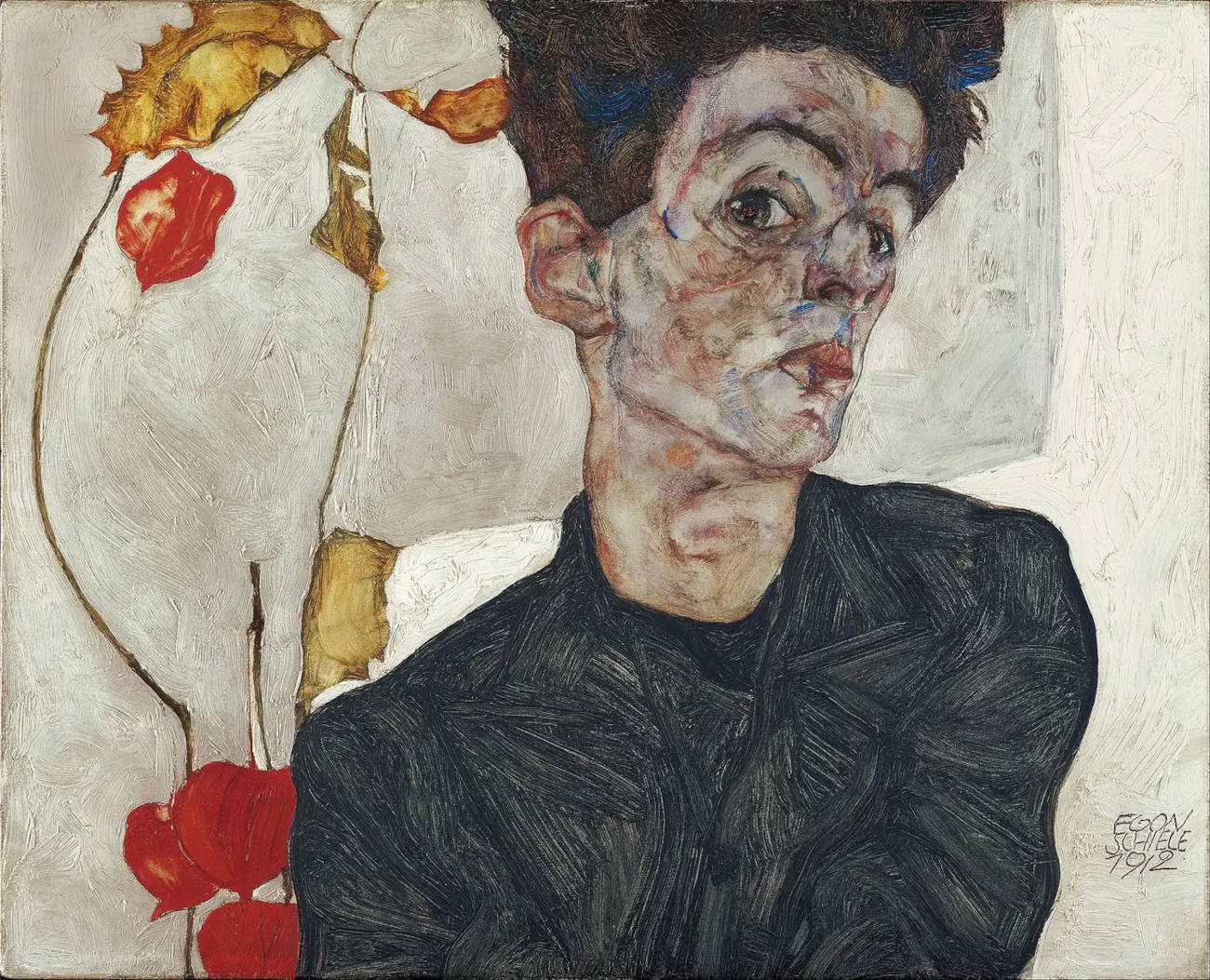
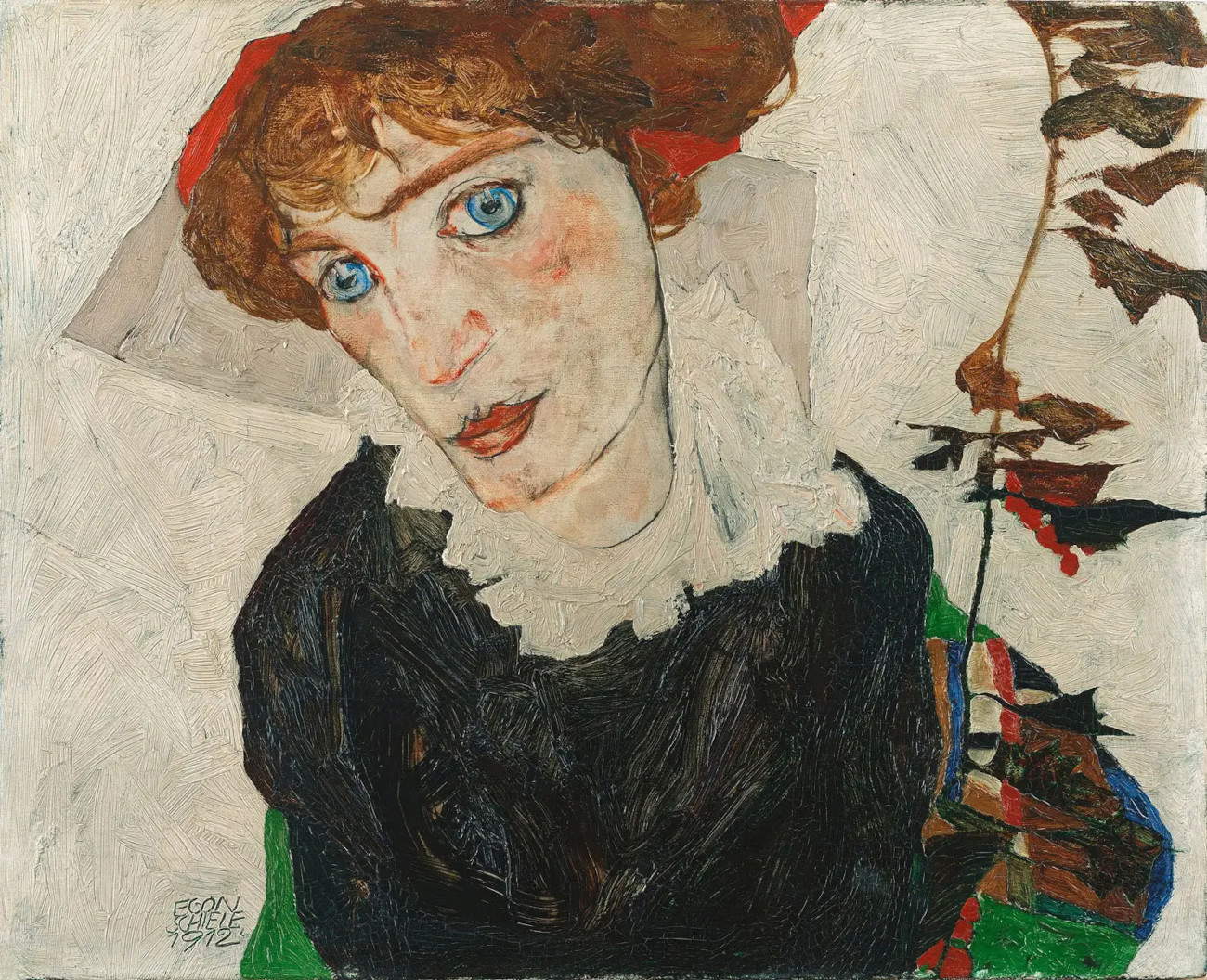
In 1907, a seminal meeting in Schiele’s artistic career took place in a Vienna café: he met Gustav Klimt (Baumgarten, 1862 - Vienna, 1918), a leading figure of Art Nouveau and protagonist of the Viennese Secession. Klimt became Schiele’s mentor, guiding him in the depiction of the artistic nude anderoticism, themes that were central to both, but which Schiele interpreted with an intensity and vulnerability that set him apart. While Klimt was celebrated for his elegant portraits and lavish use ofgold, Schiele stood out for his exploration ofhuman anguish and the fragility of existence. Although both were involved in the Vienna art movement and shared an interest in eroticism and sensuality, their artistic expressions were different, with Schiele embracing a more raw and experimental view of the human condition. Klimt’s early artistic steps were strongly rooted in the traditions of the Gründerzeit, a period of rapid industrialization in Central Europe, and historicism. At this stage, Klimt produced commissions mainly through the Künstler-Compagnie (Artists’ Company), a collective he founded with his brother Ernst Klimt and Franz von Matsch. His works included realistic portraits, such as the Sitting Girl of 1894, part of the Leopold Collection. In the mid-1890s, Klimt abandoned this early phase to develop an individualist style. His bold designs for the frescoes in the Great Hall of the University of Vienna sparked a scandal, but at the same time positioned him as a pioneer of Austrian modernism. He founded, together with a group of artists, the revolutionary Union of Austrian Artists-Secession, assuming the presidency of the group. In addition to his celebrated Golden Age and his iconic depictions of women, Klimt also ventured into the landscape theme, especially during his summer stays in the Salzkammergut. The Leopold Museum houses one of Klimt’s most important allegorical works, Tod und Leben(Death and Life), painted in 1910-1911 and revised in 1915-1916. In the composition, Klimt depicted the cycle of human life through various figures representing Life and Death; the latter holds a bat in her skeletal hands. Symbolically, Klimt chose to personify Death with a skeleton dressed in elegant clothes and lavish ornaments, including crosses, recalling an iconographic tradition rooted in centuries. In contrast to the figure of Death, the group of figures on the right symbolizes life and hope, creating a composition divided into two parts. The group remains in a passive, sleep-like state and seems oblivious to Death’s presence. The people depicted appear helpless in the face of the fate imposed by Death. Naked body parts alternate with ornaments of color, illustrating Klimt’s play between concealing and revealing. For reasons still unknown, Klimt decided to rework the painting in 1915, changing both the colors, particularly the background, and the composition from the first version, documented by a historical color photograph published in an art magazine in 1913.
The relationship between Schiele and Klimt is a key element in the Leopold Museum’s artistic narrative. Klimt played the role of teacher and mentor to the young Schiele, changing his style and approach to art. The dynamic of influence between the two artists is reflected in the arrangement of works within the Viennese museum: visitors thus have the opportunity to perceive the artistic dialogue that characterized their bond. Through the works on display, visitors can explore the similarities and differences between the two, in the style and techniques used by Klimt and Schiele. This provides insight into the evolution of Viennese art and a better understanding of the mutual influence the two artists had on each other.
The Leopold Museum also shows in its permanent exhibition Vienna 1900. The Beginning of Modernism an overview of the artistic expressions that marked this era: about 1,300 objects including paintings, graphic works, sculptures, photographs, as well as glass, ceramic, metal, textile and leather objects, jewelry and furniture, arranged on more than three levels to immerse the public in Viennese Modernism. The museum also regularly hosts temporary exhibitions that explore specific themes in Austrian art or feature international artists, contributing to contemporary cultural dialogue and enriching the cultural offerings of the Austrian capital.
But even the building itself, designed by architects Ortner & Ortner, can be considered a work of art: a cuboid, covered on all sides with white limestone, seemingly smooth displays in the grazing light differently textured surfaces that give the stone mass a strange transparency. Finally, fantastic views of the city can be enjoyed from the museum’s rooftop: in fact, since September 2020, MQ Libelle, a terrace named after its dragonfly shape, has been open to the public in the warm season, approximately from April to October, with free admission. At this time of year, therefore, after a visit to the Leopold Museum, it is worthwhile to climb up to the MQ Libelle to sip a refreshing drink and relax while admiring the beautiful views of the city and the vibrant life of the MuseumsQuartier.
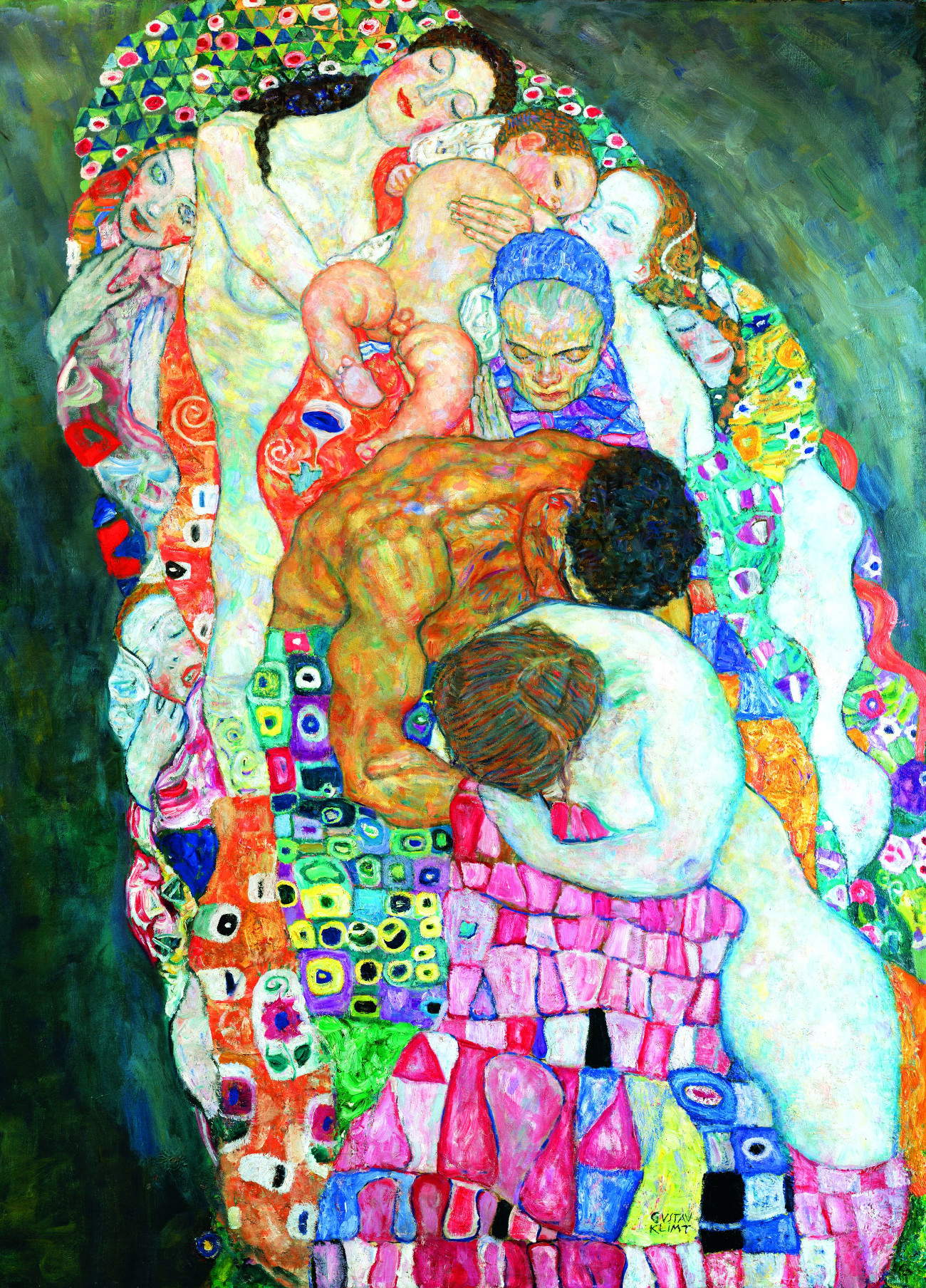
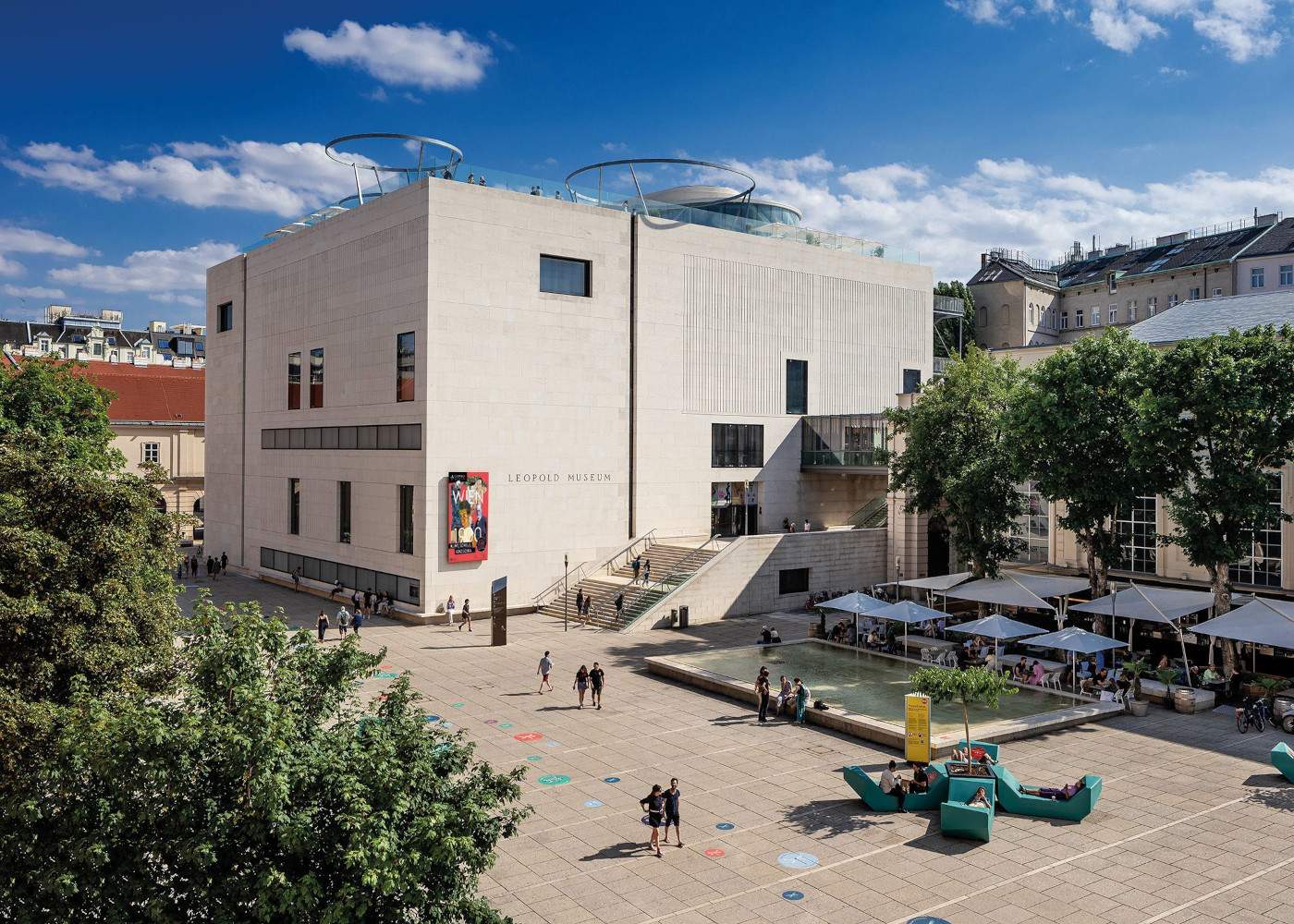
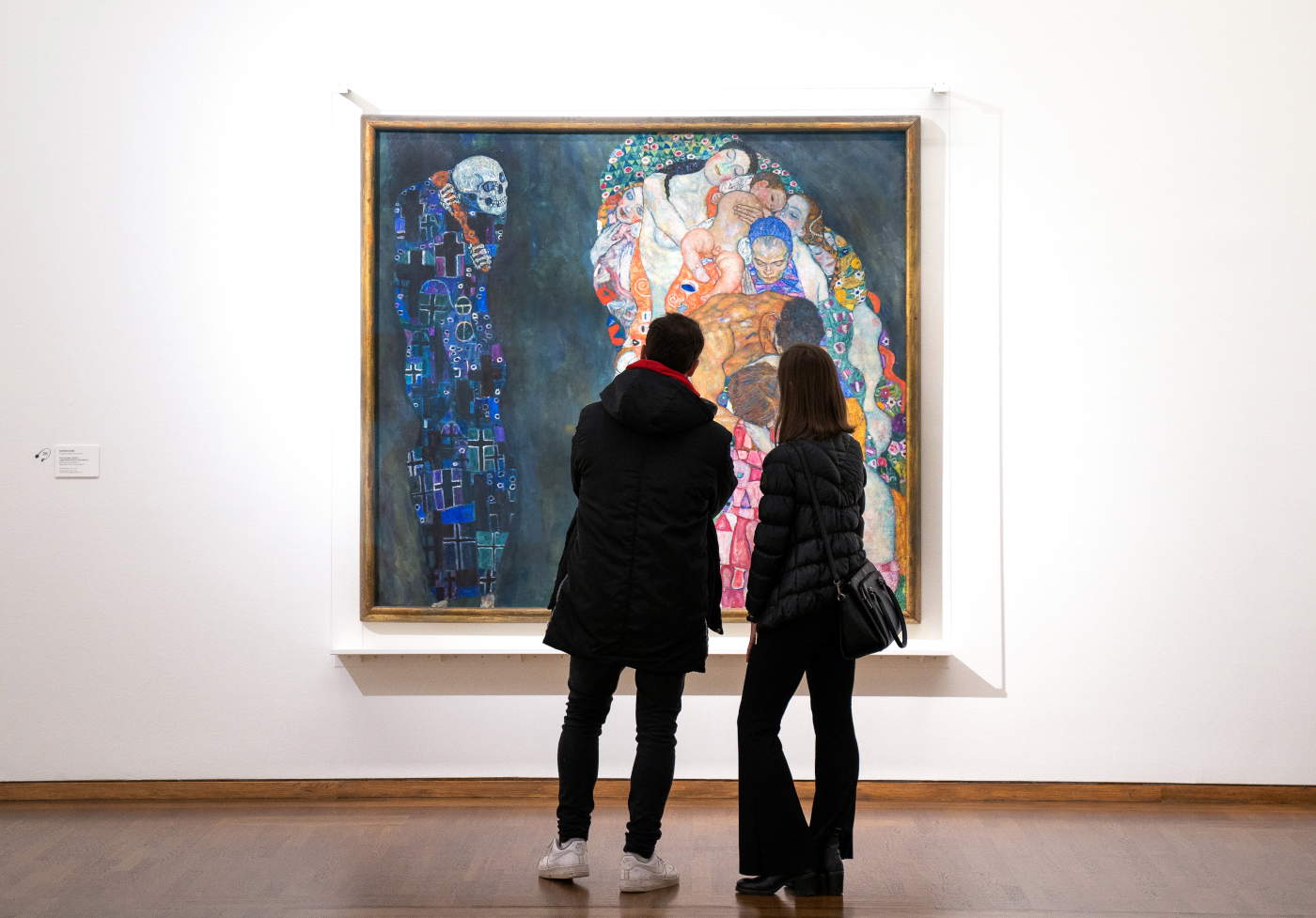
 |
| Gold and Torment: the poetics of Klimt and Schiele at the Leopold Museum in Vienna |
Warning: the translation into English of the original Italian article was created using automatic tools. We undertake to review all articles, but we do not guarantee the total absence of inaccuracies in the translation due to the program. You can find the original by clicking on the ITA button. If you find any mistake,please contact us.





























